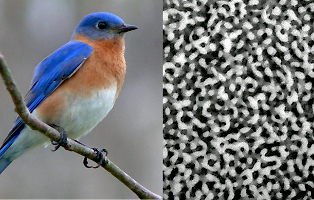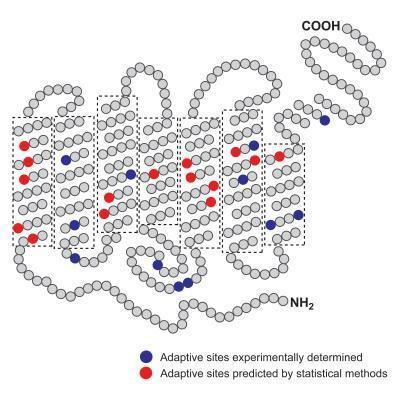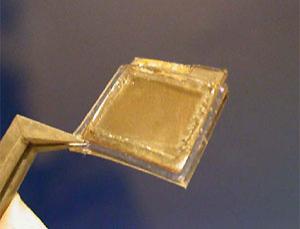Seven pyramids have been identified on the African island of Mauritius. Remarkably, in construction, they are identical to the ones found on the island of Tenerife, an island on the opposite side of the continent. It underlines the likelihood that one civilisation sailed to various islands off the coast of Africa and constructed these structures.

© Stéphane Mussard
The island of Mauritius is part of the Mascarene Islands and is in the Indian Ocean, about 900 kilometres (560 miles) east of Madagascar. The island is 61 km long and 47 km wide, and sits just north of the Tropic of Capricorn. In origin, it is a volcanic island. The historical record shows that the island was known to Arab and Austronesian sailors as early as the 10th century; Portuguese sailors first visited in 1507. Mauritius was first plotted on a map in 1502, made by the Italian Alberto Cantino. The Arabs called the island Dina Harobi, while the planisphere identifies all three Mascarene islands (Reunion, Mauritius and Rodrigues) and calls them Dina Margabin, Dina Harobi and Dina Morare.
It is suspected that prior to the Arabs, Mauritius was known to certain people living on the African shores, as well as the famous Sea Peoples, a confederacy of seafaring raiders, which included the proto-Phoenicians. The Greek account of
Periplus [
The Periplus of the Erythraean Sea] relates the story of Hanno (Hannan), the Carthaginian navigator, who lived in the 5th century BC, and who traversed the Straits of Gibraltar at the command of ships that would explore the African coastline along the Atlantic Ocean. Herodotus describes a Phoenician expedition leaving the Red Sea and traversing the "sea of the south", and, following the orders of the Egyptian Pharaoh Necho II (610-595 BC), entered back into the Mediterranean Sea through the Straits of Gibraltar, which means they circumnavigated Africa.



Comment: Interesting. Using statistical models appears to have been a hidden weakness in genetics research. Yet we are expected to take the statistical models proving 'global warming' as ironclad. This article ought to serve as a warning against such dogmatism. As this article says; Or maybe it might squash a beautiful (profitable) theory with ugly facts.